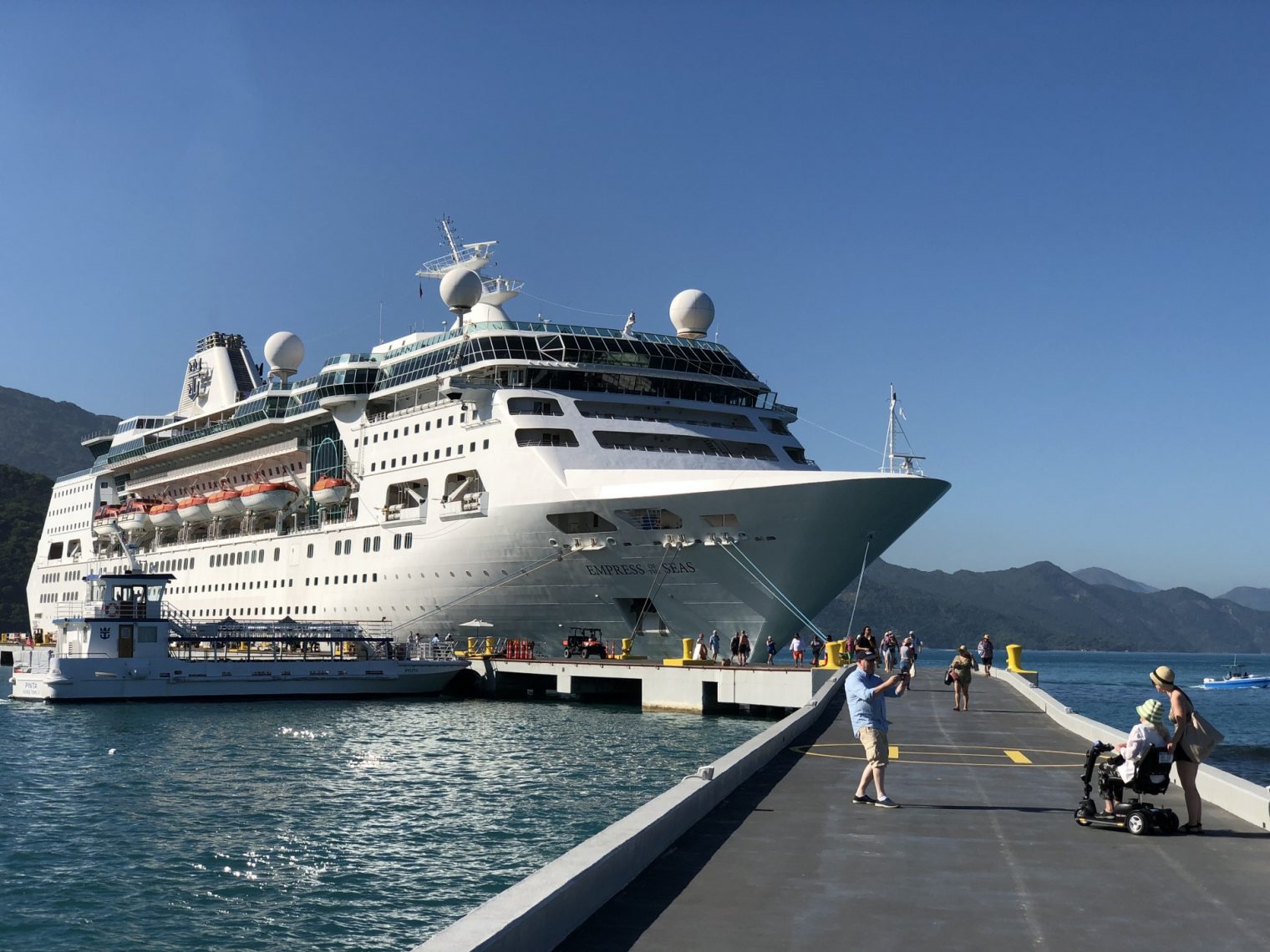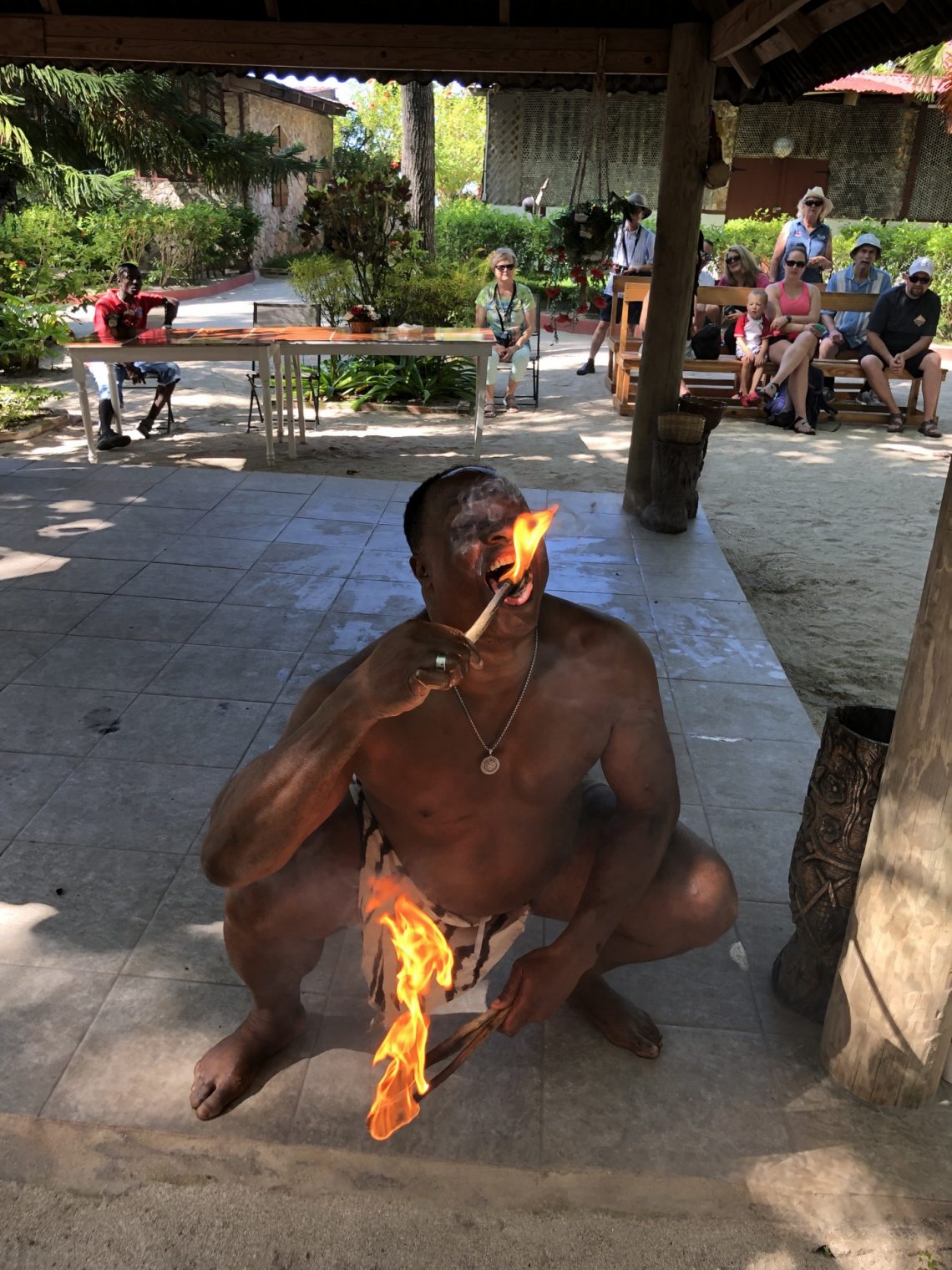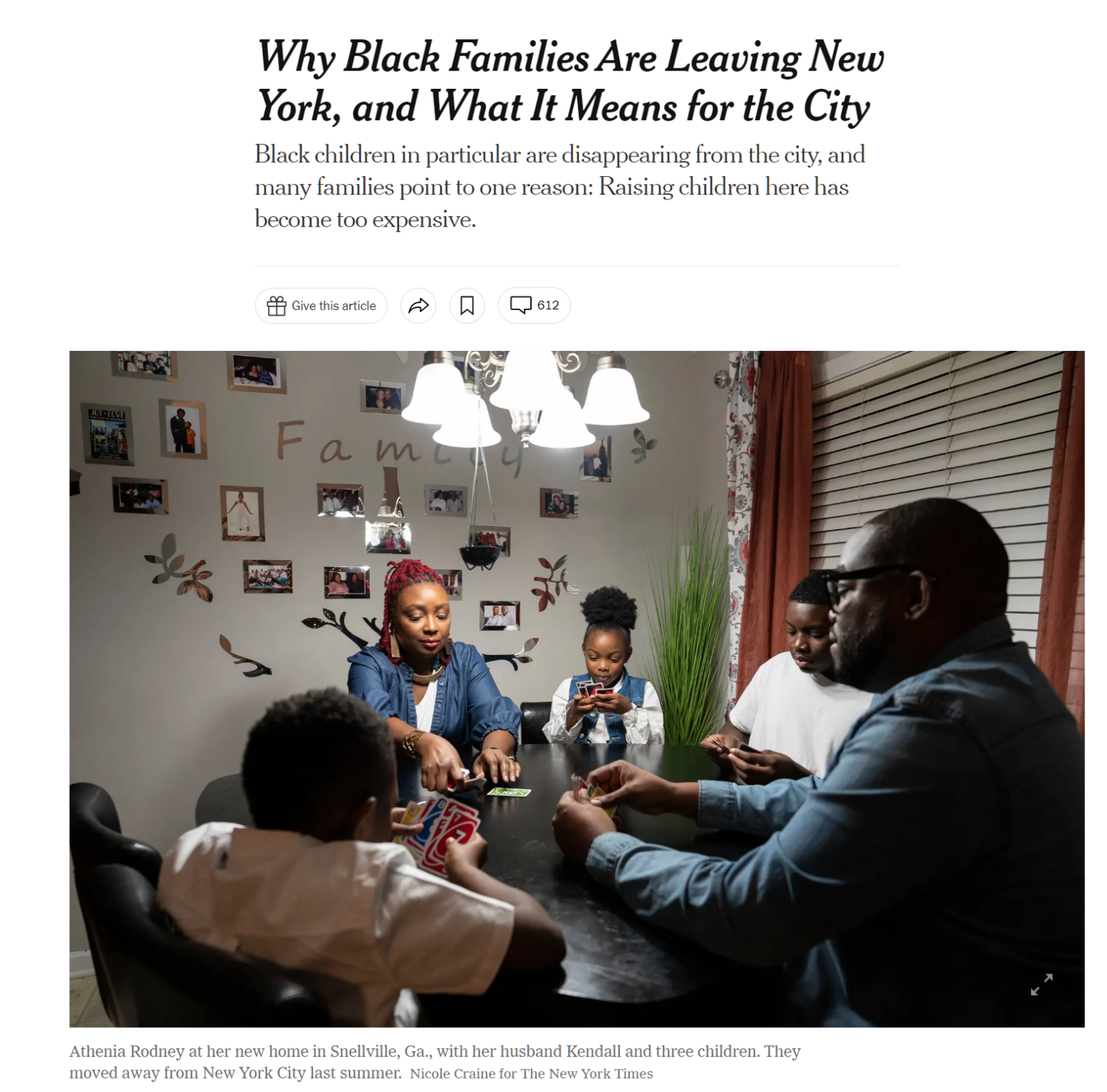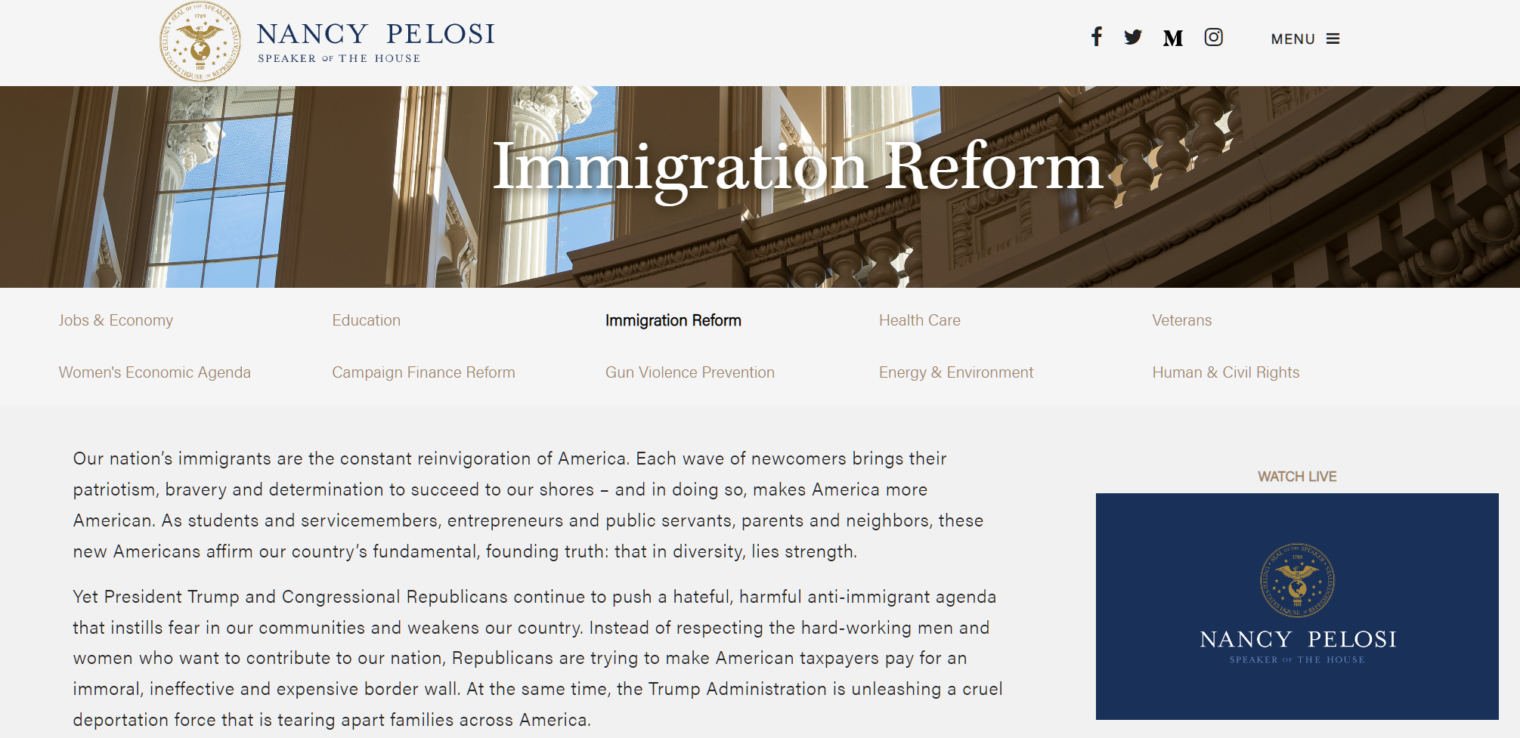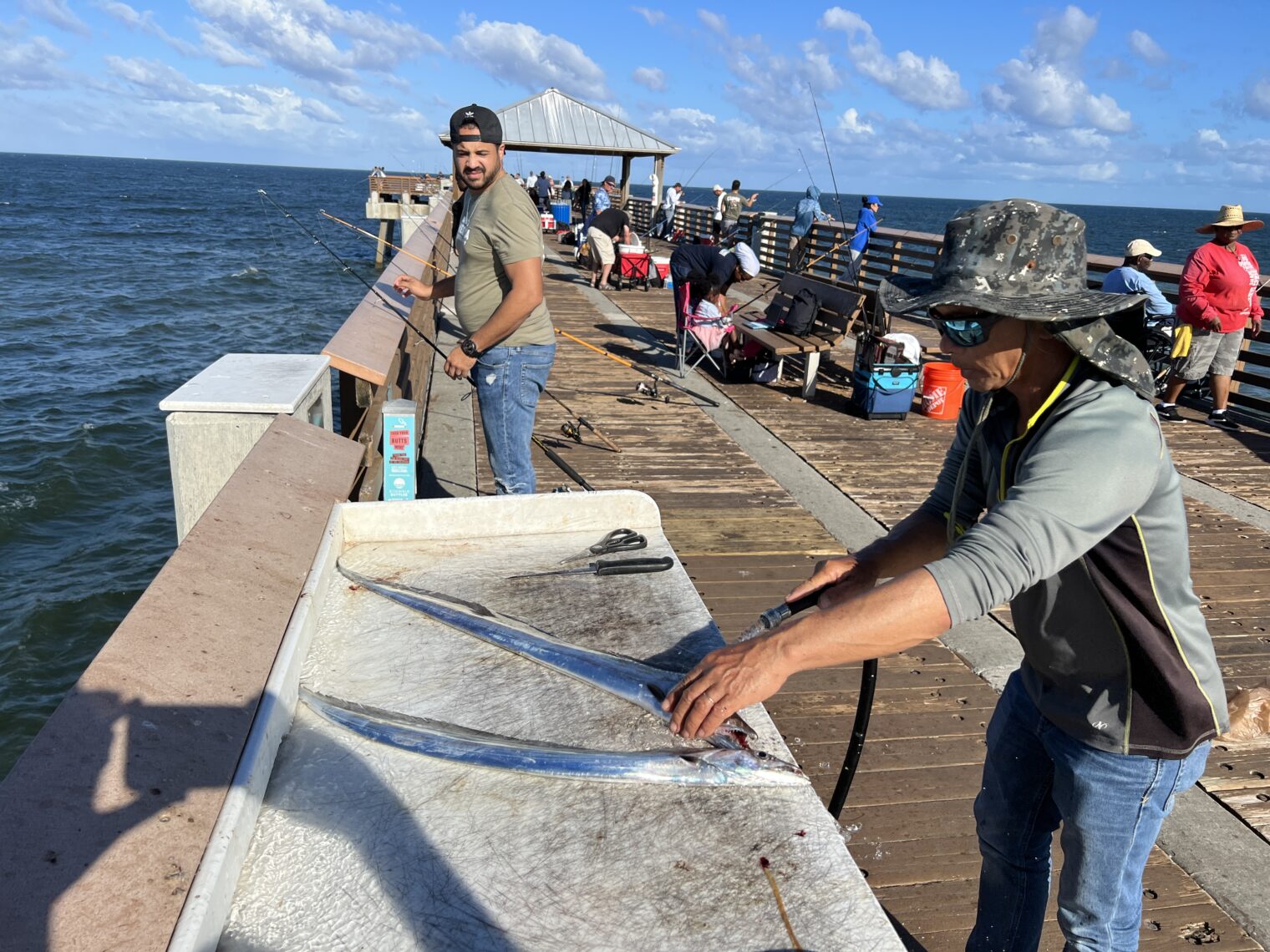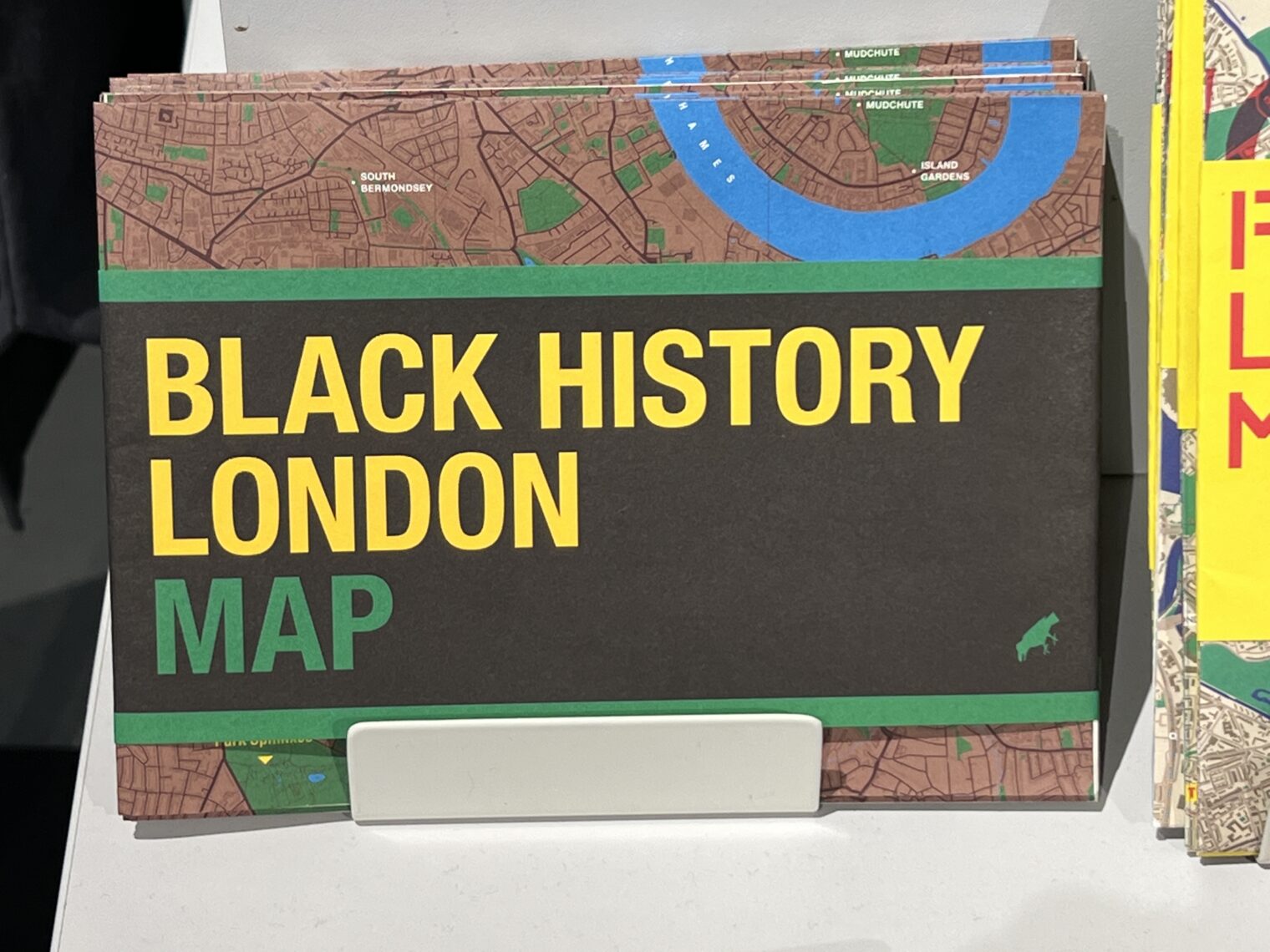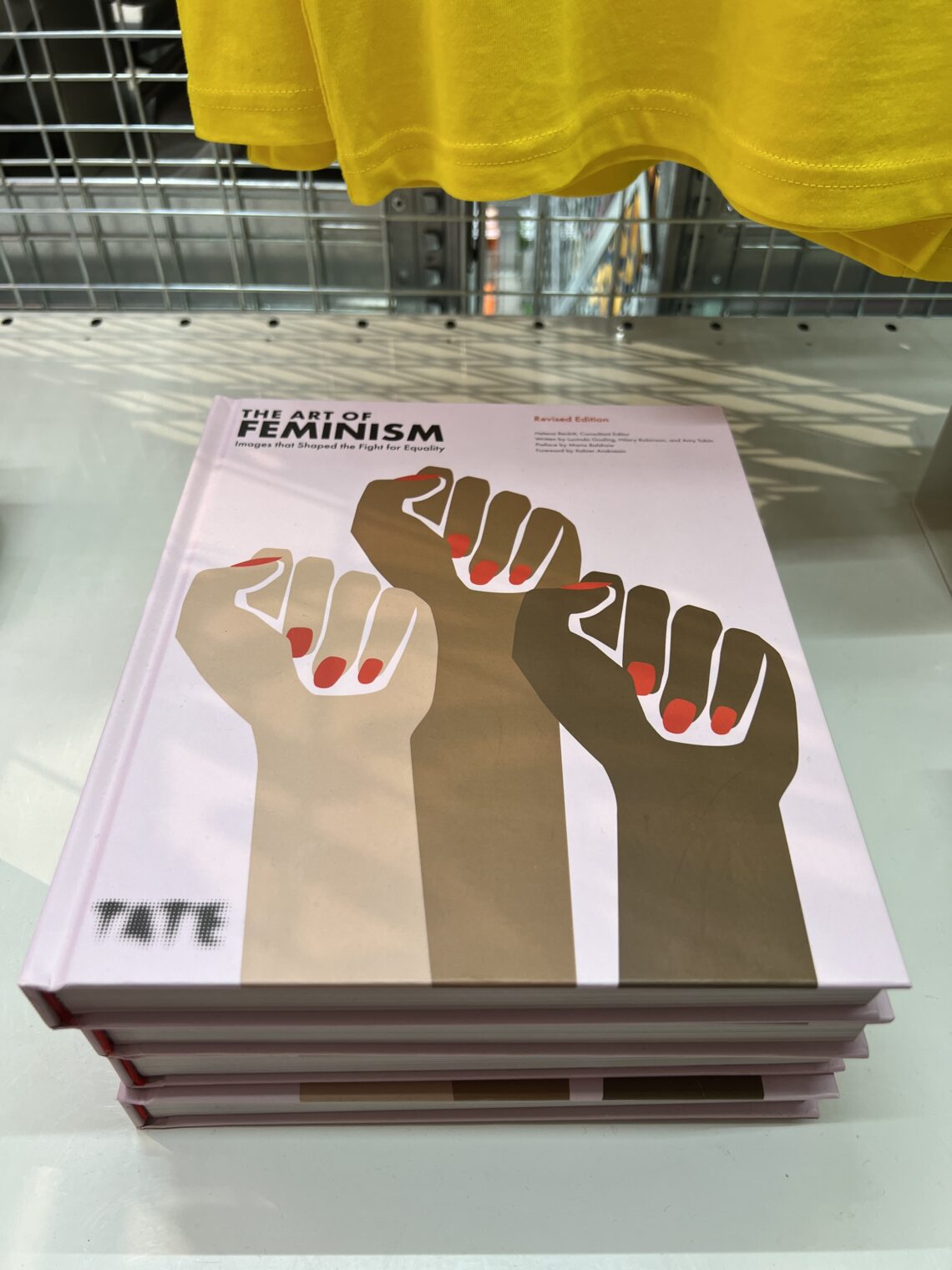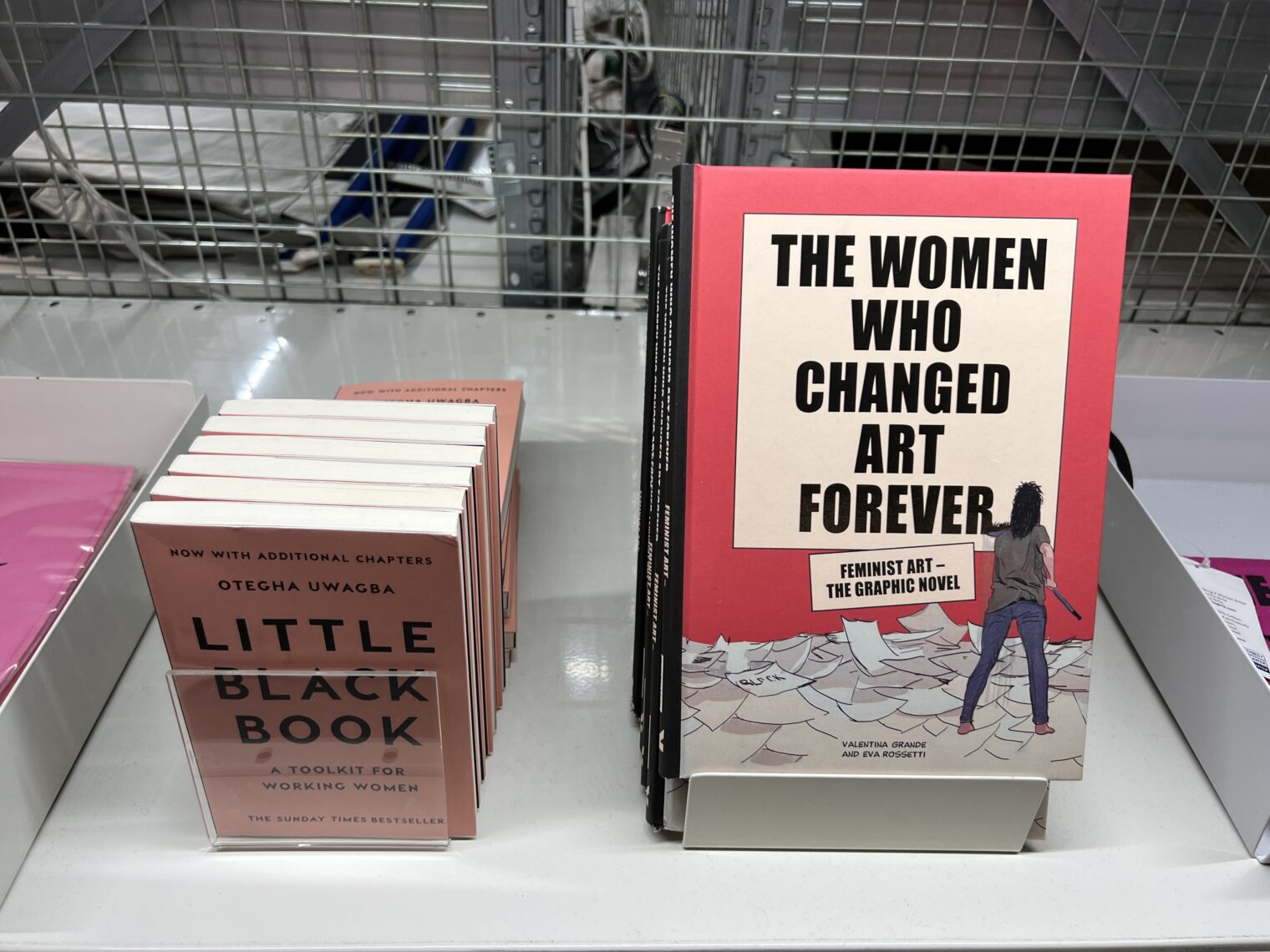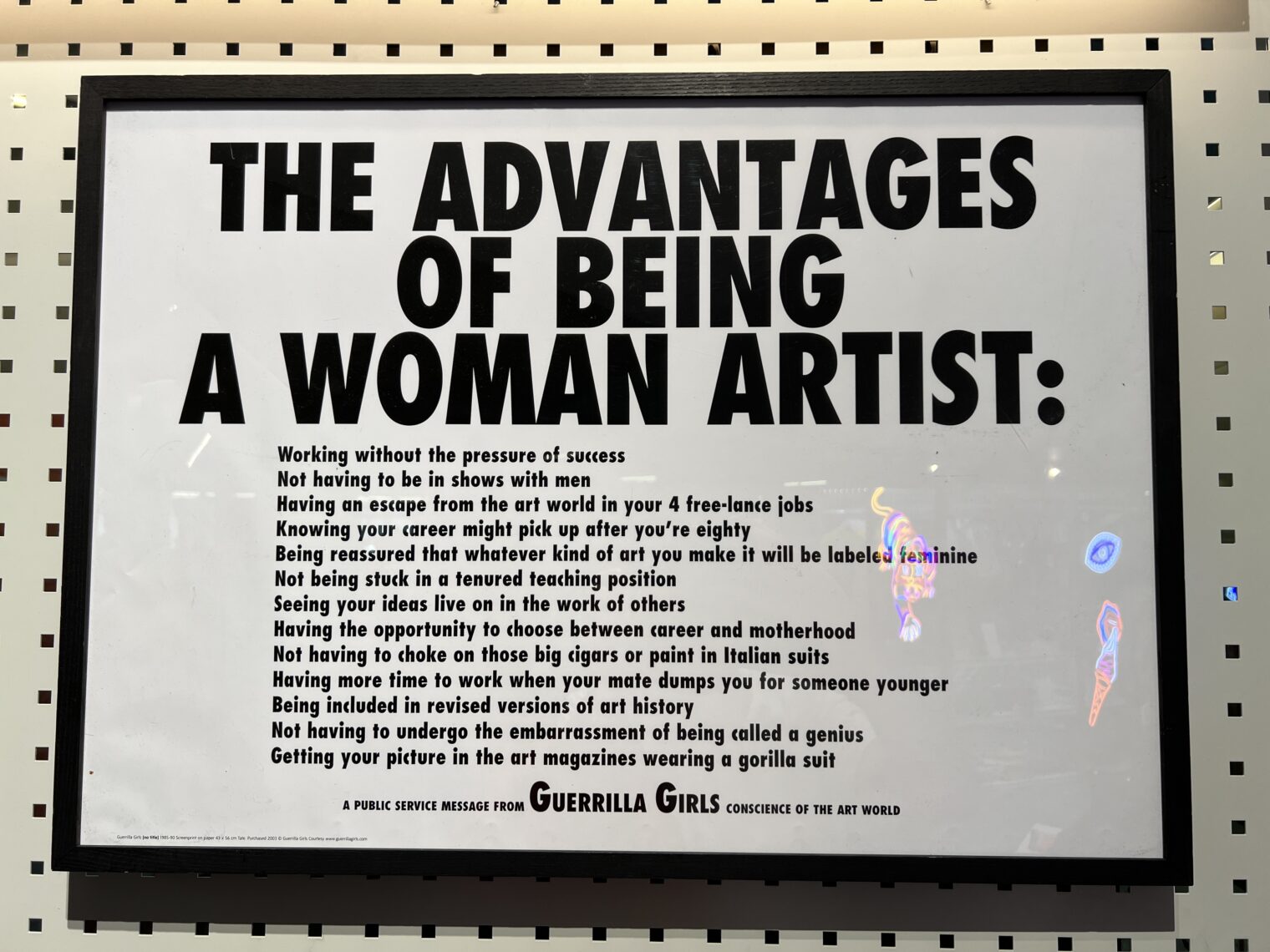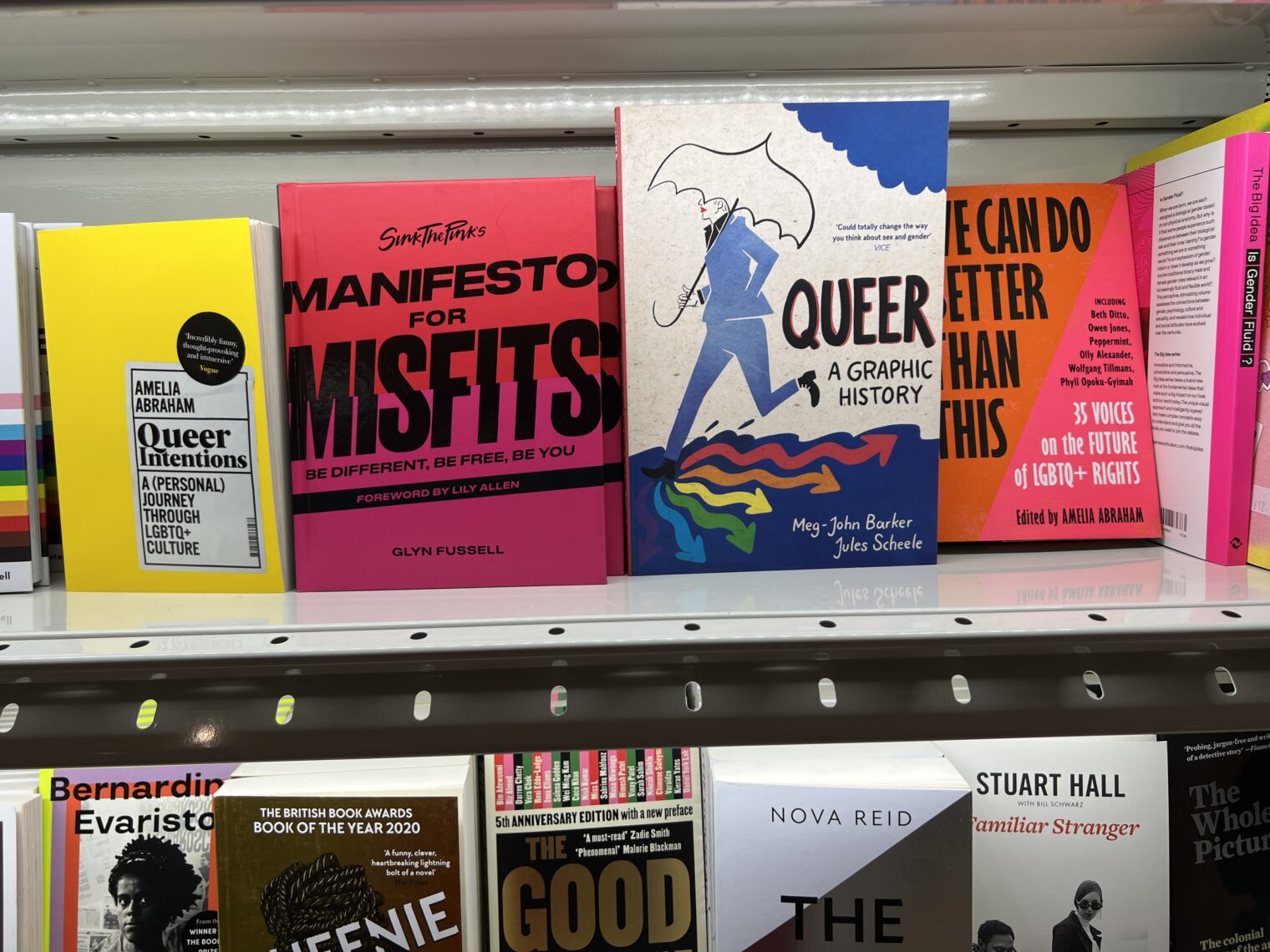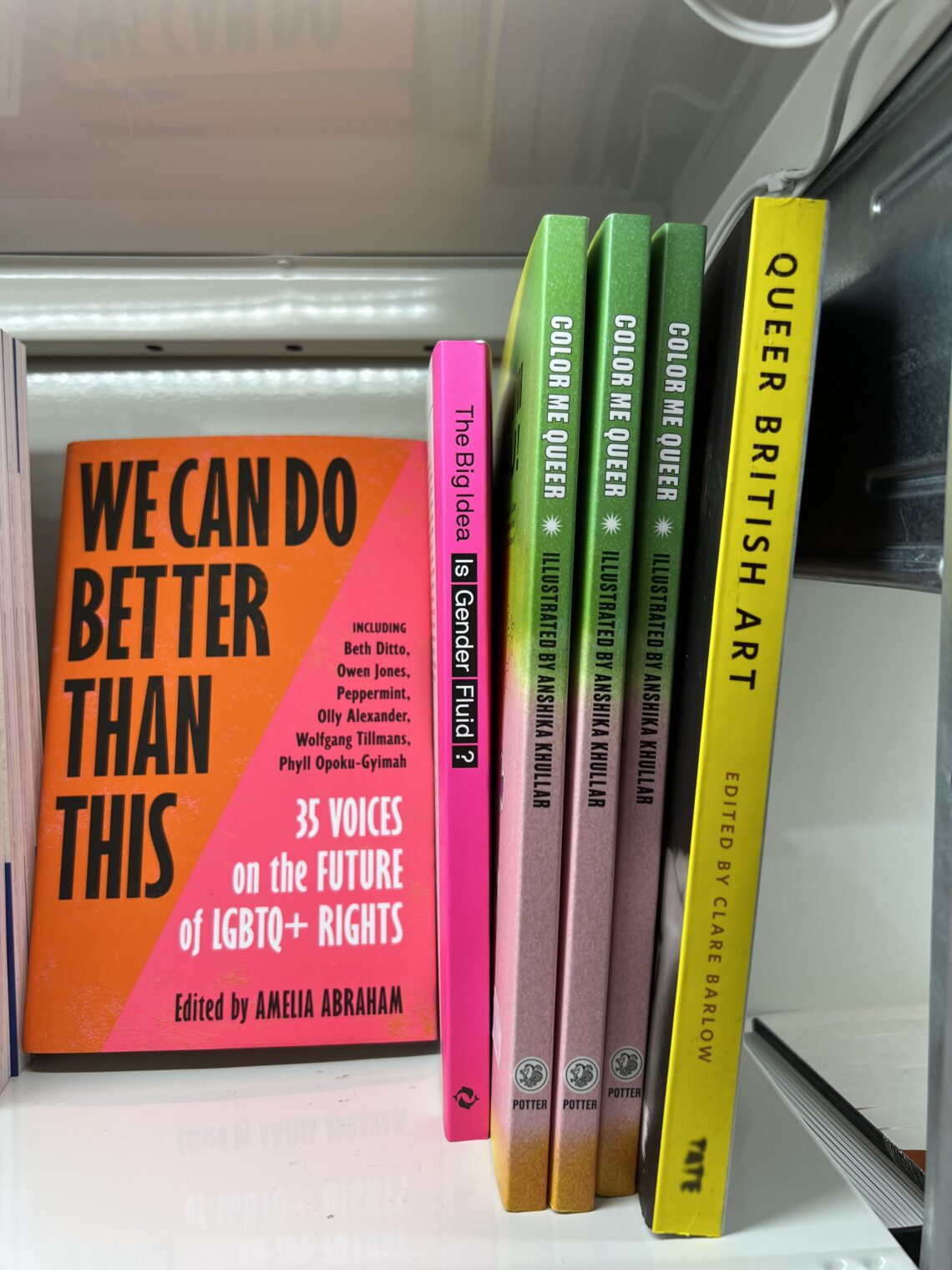Are we in Year 14 of Temporary Protected Status for Haitian migrants?
“Nothing is so permanent as a temporary government program,” said Milton Friedman. Let’s check in with the Temporary Protected Status for Haitian migrants to the U.S. A 2011 DHS press release:
Secretary of Homeland Security Janet Napolitano today announced the extension of Temporary Protected Status (TPS) for Haiti beneficiaries. This extension will be effective July 23, 2011 and is for an additional 18 months. It will allow these TPS beneficiaries to remain in the United States through Jan. 22, 2013. The designation of TPS for eligible Haitian nationals who had continuously resided in the United States since Jan. 12, 2010 was originally announced by Secretary Napolitano on Jan. 15, 2010 and became effective on Jan. 21, 2010. Currently, approximately 48,000 Haitian nationals with TPS reside in the United States.
(I was almost there in January 2010: Personal Haitian Relief Operation.
).
Secretary of Homeland Security Alejandro N. Mayorkas today announced the extension of Temporary Protected Status (TPS) for Haiti for an additional 18 months, from February 4, 2023, through August 3, 2024, due to extraordinary and temporary conditions in Haiti.
Are we in Year 14 of “temporary”?
Related:
- Why are we deporting anyone to Haiti?
- Why do asylum-seekers from Haiti have to be rugged enough to survive under a bridge in order to live in the U.S.?
- Colorful descriptions of Haiti
- Compromise: Unlimited Haitians for communities that prepare to welcome them?
- We are all Haitians today
Some photos from a 2018 trip to Haiti (the authentic Haiti, not the touristy part):
